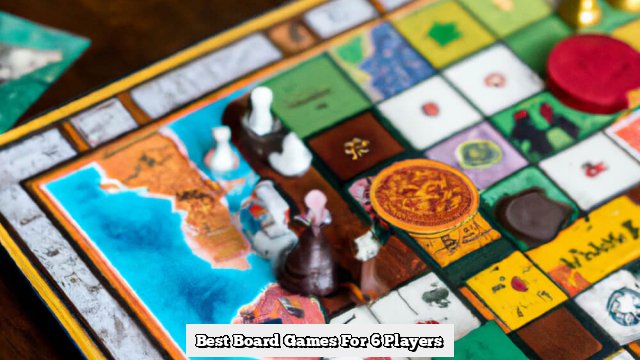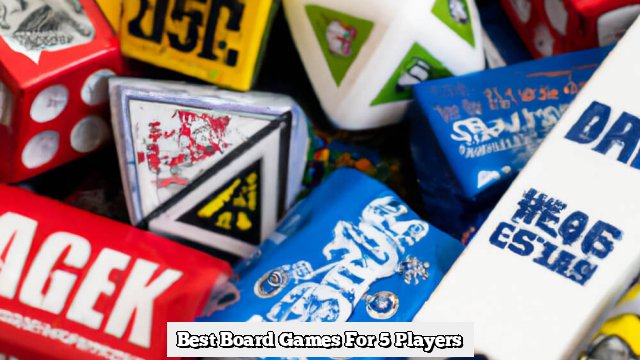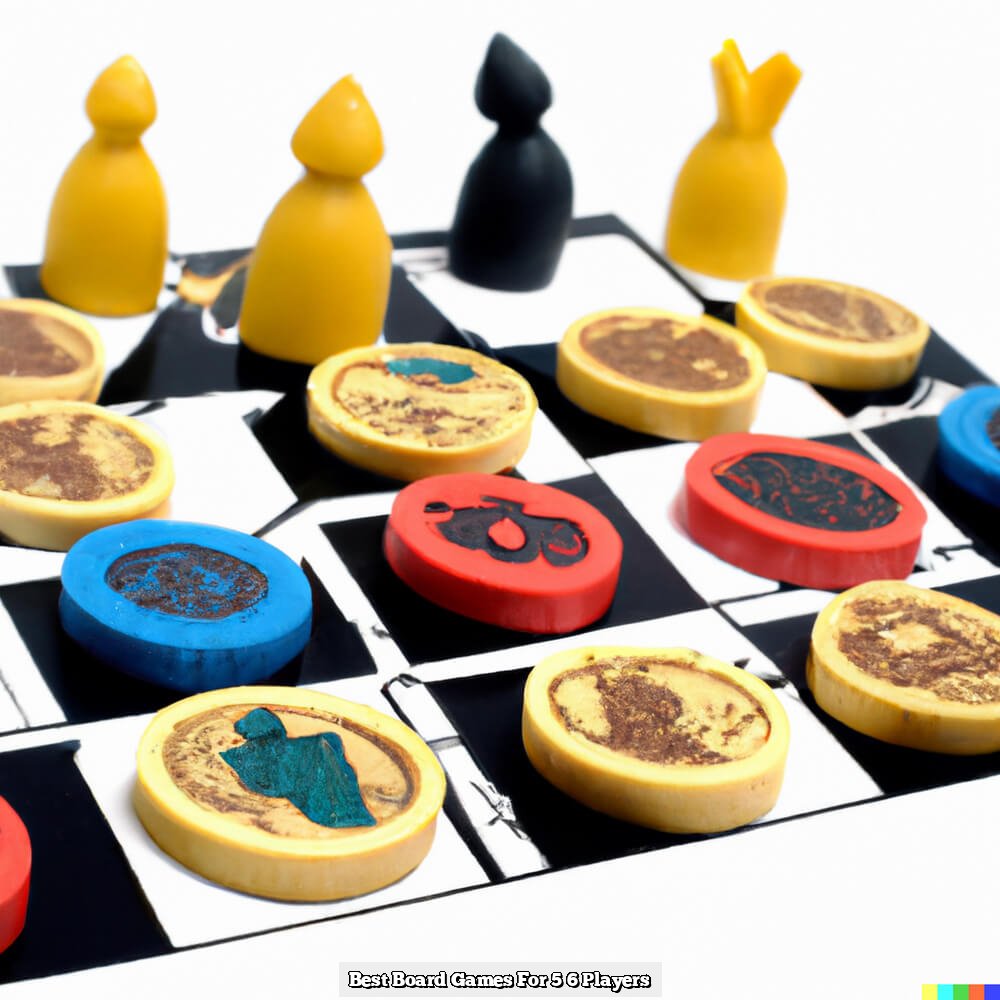Introduction
The classic, world-famous board game Clue has been captivating players since 1949, when it was first released. Developed by Anthony E. Pratt, the game quickly became a favorite pastime of families around the world. Also known as Cluedo in some parts of the world, the game has gone through numerous versions and adaptations over the years.
Gameplay: The goal of Clue is for players to use deductive reasoning to discern which character committed a mysterious murder inside a mansion. Players take on the roles of characters named Colonel Mustard, Professor Plum, Miss Scarlett, Mrs. Peacock, Mr. Green or Miss White and travel around the mansion gathering clues from other characters. Players can then use these clues to narrow down their suspect pool until they finally figure out who committed murder and in which room it took place.
Players: Typically, Clue accommodates three to six players and lasts anywhere from 45 minutes up to 2 hours depending on how quickly players can identify the mystery’s solution. When there are two or more people playing Clue each player receives character cards at random and must work with other players in order narrow down who committed the crime. Additionally, when only two people are playing it is recommended that they be assigned two suspects each in order make sure no information is withheld between them (since they both need access to all clues).
What Is Clue, and How Many Players Can Play at Once?
Clue, also known as Cluedo, is a popular board game wherein players attempt to identify who committed a murder. It is set in a fictitious Tudor mansion with nine rooms and six suspects. Players assume the role of one of the six suspects, such as Professor Plum or Miss Scarlet. The aim of the game is to uncover details about the murder by making strategic suggestions and collecting clues during their game round.
Clue can be played with two to six players. Each player starts with a playing piece and they move around the board using dice rolls to make suggestions about who committed the murder, which weapon was used and where it took place. Players make deductions based on these suspicions and at the end of each game round, players must decide who was responsible for the crime. The first player to correctly identify all three elements wins the game.
Breaking Down the Basics
The objective of the Clue board game is to figure out who murdered Mr. Boddy, what object they used, and where in the house the atrocity took place. In order to do this, players must move around the board strategically, collecting clues as to which of the six potential suspects are guilty of the crime. The rules state that each player begins with an allotment of cards revealing a combination of characters, locations, and weapons. Additionally, each turn allows a maximum of nine squares for movement and requires players to create hypotheses based on information acquired from game pieces and conversation with other players. Strategy in this game should focus on making logical choices when moving around the board as well as finding out as much information from other players as possible without giving away too much about your own cards. Ultimately, a successful win hinges on meticulous organization skills and keen observation; both will help guide you towards suspecting who might have committed the heinous act.
Exploring the Special Features of Different Clue Versions
The classic board game Clue has been around since 1949 and remains a family favorite. Each version of the game varies slightly, making each unique in its own way. Depending on which game you buy, it can accommodate up to 6-8 players. Some versions may even allow more players depending on the particular box you purchase.
When buying a new version of the game, it’s important to consider what special features the version you select offers. Some versions offer sets of cards listing capital cities or popular holiday destinations for players to try and guess where Mr. Boddy is located. Other editions have sets of historical figures instead such as Cleopatra or Julius Caesar as hints for players to use when determining who killed Mr. Boddy. There are some variants that offer miniature weapons that can be used to track where people have gone. You might also come across versions with 3D mansion games boards and brightly colored characters tokens that bring an extra level of fun while playing Clue.
In addition, technology has helped Clue keep in step with modern times by creating apps and online versions of the board game which can be played with up to 6 people at once over distance or locally at home together on two different devices! As you can see there is an abundance of different titles, accessories and special features available for each version of Clue, giving players an exciting way to enjoy this classic mystery game in various forms!
The Different Types of Player Profiles You May Encounter
• Strategists – Strategists are the players who carefully plan out their moves. They will often take extra time to consider their options before making a move. They analyze the game in order to figure out the best possible move so they can win.
• Aggressors – Aggressors will often make rash decisions that may not always be the most optimal move, but are made to put pressure on their opponents and intimidate them into playing differently than they otherwise would.
• Builders – Builders look at the long game and prefer to build up slow, steady strategies that pay off over time as opposed to attempting to find immediate success through quick maneuvers. They also like planning ahead by looking at potential future moves before finalizing a current one.
• Con Artists – These players specialize in deception, using clever tactics to manipulate their opponents and ultimately get the advantage. This type of player is often unpredictable, so it can be difficult for other players to know what kind of strategy they should use against them.
• Social Butterflies – A “social butterfly” player is more focused on interacting with others during game play rather than on winning outright. Of course it goes without saying that these players still like winning but more important for them is having fun and talking with other members in the group as much as possible throughout playing Clue board game .
Tips to Keep in Mind Depending on the Number of Players
One player: If you’re playing the game alone, remember to think through each clue carefully and pay attention to any subtle clues that might be hidden within it.
Two players: When playing with a partner, take turns discussing each clue and brainstorming solutions. Make sure to consider ideas from both sides and don’t be afraid to ask for help if stuck in the middle of a puzzle.
Three players: When there are three players, all participants must contribute equally to problem-solving and clue-finding. Make sure everyone is part of the discussion so that no one person takes on too much or too little of the work.
Four or more players: With larger groups, it’s important to break up into teams or take turns trying out different solutions until something clicks. As long as everyone works together and communicates effectively, the board game can still be enjoyable and rewarding!
Education and Fun
The classic board game Clue has been a popular choice for family play for decades. Originally released in 1949, the game of deduction involves attempting to solve a mystery in the setting of a mansion by discovering the true identity of a murderer. Players take on the roles of six characters and make deductions based on various noted elements such as alibis, weapons and rooms.
Clue is designed for 2-6 players and can be enjoyed by everyone from children to adults as they work together to discover whodunnit. Each round starts with each player secretly receiving 3 pieces of information regarding the crime: one weapon, one room and one suspect. Through conversation and test-driven game play, customers are challenged to deduce which combination holds the truth while also blocking their opponents progress.
This beloved board game provides an experience that rewards creativity, problem solving skills and social interaction ” you never know what new strategies your opponents will come up with! As players navigate through the early rules of game theory (such as logical deduction and disproving assumptions) they will reign in coveted character cards or murder cards that bring them closer to winning each round. With such dynamic puzzle-solving action, it’s no wonder Clue is still going strong today!
Conclusion
The Clue Board Game is a great way to enjoy bonding with friends and family. It’s a classic game of mystery and deduction that everyone can enjoy. When there are two to six players, each one assumes the role of a suspect in the hunt for “who done it,” whether it be Colonel Mustard in the dining room with the revolver or Miss Scarlet with the lead pipe in the library. Each player has their own strategy of gaining clues throughout the mansion while deducing who was responsible for the dastardly deed. Every turn comes with new possibilities, as you earn clues from different rooms in hopes to guess who committed the crime. The suspense builds as each clue gives you another opportunity to narrow your suspects and ultimately determine who outsmarted them all! Enjoy a fierce and fun board game with friends and family by playing Clue! Everyone will end up laughing hysterically at their own failed attempts as they try to figure out who among them is guilty!

I love playing all kinds of games – from classics like Monopoly to modern favourites like Ticket to Ride.
I created this blog as a way to share my love of board games with others, and provide information on the latest releases and news in the industry.





